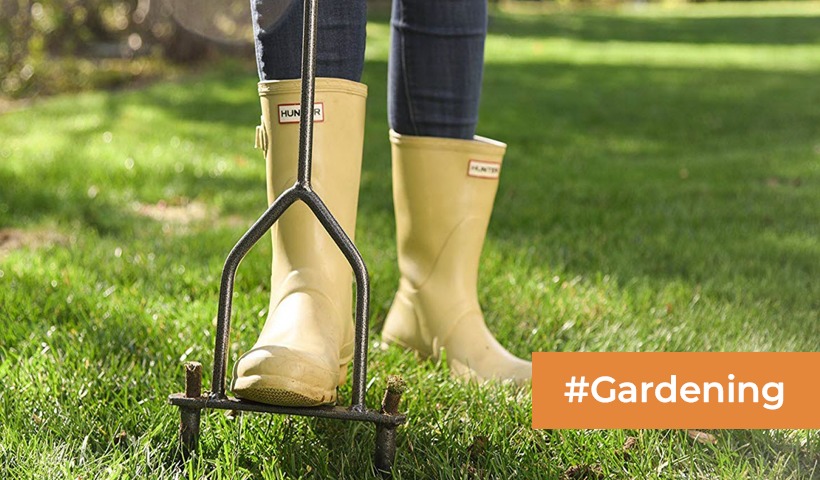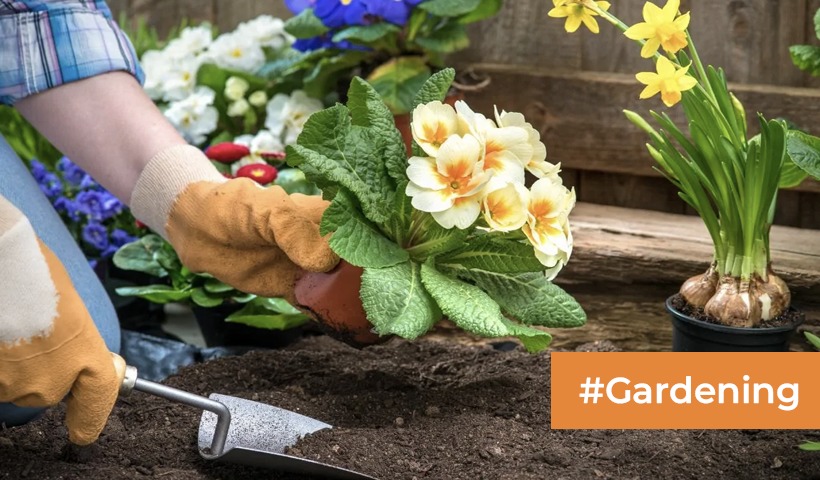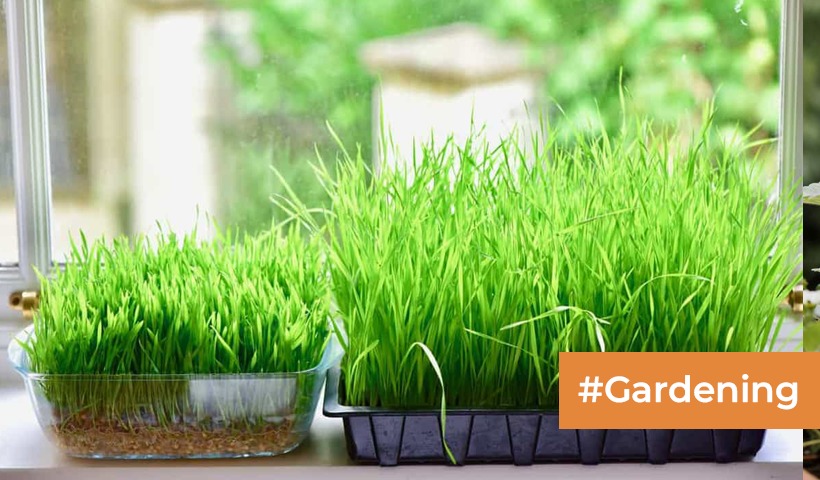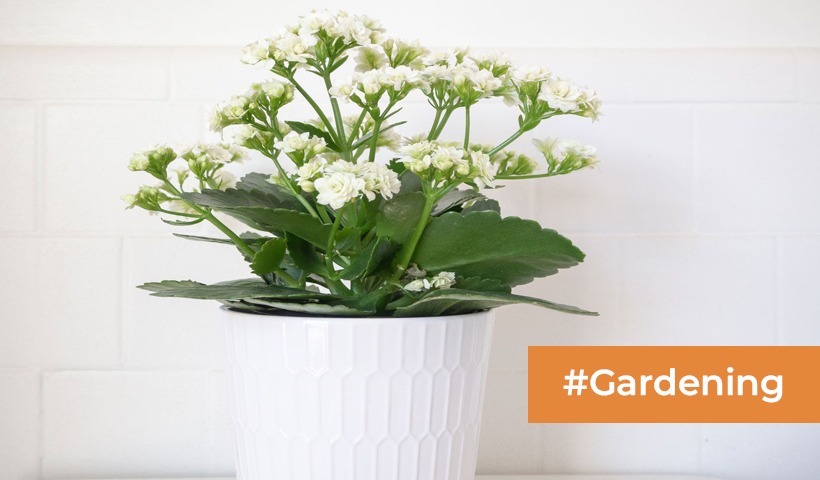A Guide to Growing Thai Basil Indoors!
Known for its distinctive flavor profile, Thai basil adds an aromatic and slightly spicy kick to various culinary dishes, especially those in Southeast Asian cuisine. The good news is, you can cultivate the unique essence of Thai basil right in the comfort of your home by growing it indoors. In this comprehensive guide, we’ll walk you through the steps of growing Thai basil indoors, ensuring a bountiful harvest of this flavorful herb for your kitchen.
Getting Started:
- Selecting Thai Basil Varieties: Thai basil comes in different varieties, with the most common being the sweet basil cultivar ‘Siam Queen.’ Look for seeds or seedlings of this variety to ensure you get the authentic Thai basil flavor.
- Choosing the Right Container: Opt for a container that is at least 6-8 inches deep with good drainage holes. A larger pot allows the Thai basil roots to spread comfortably. Make sure the pot is suitable for indoor use and complements your home decor.
- Preparing the Soil: Thai basil thrives in well-draining soil with a slightly acidic to neutral pH. Use a high-quality potting mix or create a blend by combining potting soil, perlite, and vermiculite. This ensures proper aeration and moisture retention.
Planting:
- Planting Thai Basil Seeds or Seedlings: If you’re starting from seeds, plant them about 1/4 inch deep in the soil. Water lightly and cover the pot with plastic wrap until the seeds germinate. For seedlings, transplant them into the prepared soil, ensuring they are spaced at least 6-8 inches apart.
- Sunlight Requirements: Thai basil loves sunlight, so place your pot in a location where it receives 6-8 hours of direct sunlight daily. A south or west-facing window is ideal. If natural light is limited, consider using a grow light to supplement.
Care and Maintenance:
- Watering: Keep the soil consistently moist but not waterlogged. Water the plant when the top inch of soil feels dry. Be cautious not to overwater, as Thai basil is susceptible to root rot. Ensure proper drainage to prevent water accumulation.
- Temperature and Humidity: Thai basil thrives in warm and humid conditions. Aim to maintain a temperature between 70-90°F (21-32°C) and provide occasional misting to increase humidity, especially if you live in a drier climate.
- Fertilizing: Feed your Thai basil plant with a balanced, water-soluble fertilizer every 2-3 weeks during the growing season (spring and summer). This provides essential nutrients for robust growth and flavorful leaves.
Harvesting:
- Timing for Harvest: Begin harvesting Thai basil when the plant has developed several sets of leaves, usually around 6-8 weeks after planting. Harvesting regularly encourages bushier growth and a prolonged harvesting period.
- Harvesting Method: Use scissors or pruning shears to snip off the top sets of leaves, just above a pair of lower leaves. This method promotes a fuller, more compact Thai basil plant.
Growing Thai basil indoors is a rewarding and flavorful journey that brings the exotic taste of Southeast Asia to your kitchen. By following these steps, you’ll be cultivating a thriving Thai basil plant, ensuring a steady supply of aromatic leaves for your culinary adventures. Embrace the joy of nurturing your own Thai basil and elevate your dishes with the distinctive and spicy notes that this herb brings. Happy indoor gardening!
Disclaimer: The views expressed above are for informational purposes only based on industry reports and related news stories. PropertyPistol does not guarantee the accuracy, completeness, or reliability of the information and shall not be held responsible for any action taken based on the published information.




